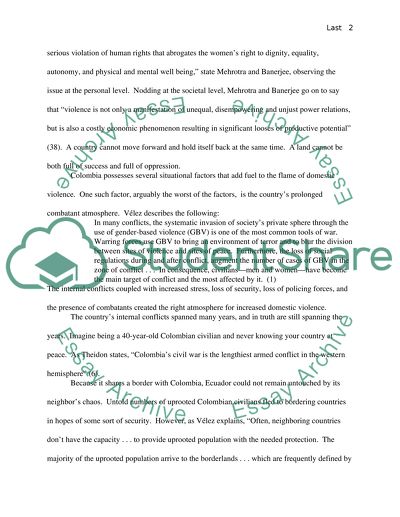Cite this document
(Domestic Violence and Human Trafficking in Latin America Essay, n.d.)
Domestic Violence and Human Trafficking in Latin America Essay. Retrieved from https://studentshare.org/law/1573747-domestic-violence-and-human-trafficking-in-latin-america
Domestic Violence and Human Trafficking in Latin America Essay. Retrieved from https://studentshare.org/law/1573747-domestic-violence-and-human-trafficking-in-latin-america
(Domestic Violence and Human Trafficking in Latin America Essay)
Domestic Violence and Human Trafficking in Latin America Essay. https://studentshare.org/law/1573747-domestic-violence-and-human-trafficking-in-latin-america.
Domestic Violence and Human Trafficking in Latin America Essay. https://studentshare.org/law/1573747-domestic-violence-and-human-trafficking-in-latin-america.
“Domestic Violence and Human Trafficking in Latin America Essay”. https://studentshare.org/law/1573747-domestic-violence-and-human-trafficking-in-latin-america.


